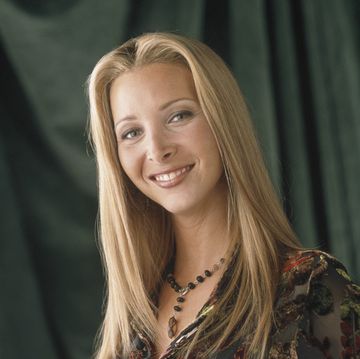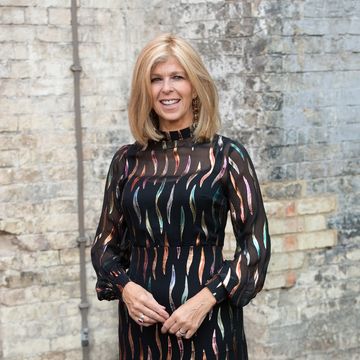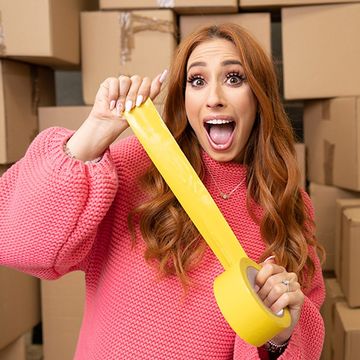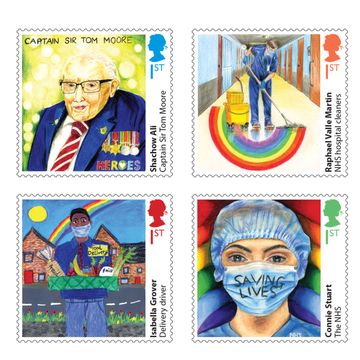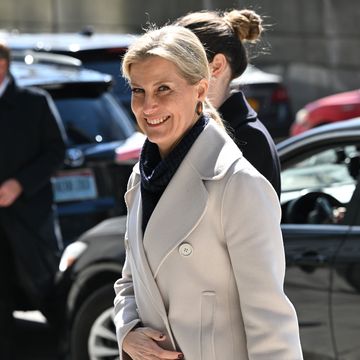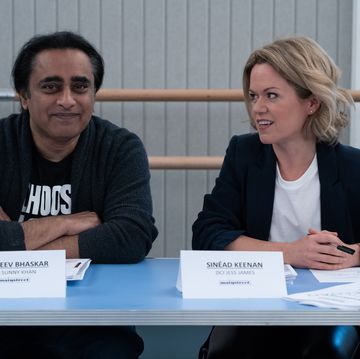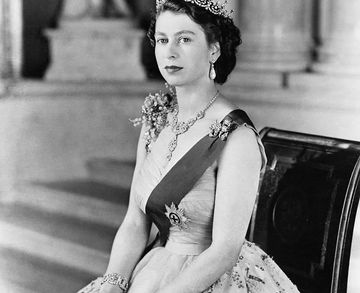We all know the importance of recycling and likely do our best at home, but do we really know how to recycle plastic, cardboard and food packaging properly?
Seeing as every local authority has different recycling guidelines and, as the war on single-use plastics picks up momentum in highlighting non-recyclable household culprits we previously weren't aware of (enter contact lenses, tea bagsand glitter), do we really know how to recycle as efficiently as we can?
“It’s little wonder people can find it baffling to work out what can and can can’t be recycled – it can be very confusing. We need a consistent recycling service across the whole UK, with clear information," Friends of the Earth campaigner Rosie Cotgreave told Country Living.
Country Living spoke to Rosie, as well as GRAB volunteer Libby Darling, about the ins and outs of recycling and asked them to list the waste mistakes they regularly come across.
Tip: Always check recycling guidelines with your kerbside council collection service.
1. Black and dark plastic is non-recylable
This is because the dark colouring comes from carbon pigments which don't allow the packaging to be sorted using standard optical sorting systems.
It’s not just black plastic that’s hard to recycle, any dark coloured plastic is difficult. People should avoid products that come in dark plastic containers.
2. Dirty plastic can not be recycled
Food packaging must be rinsed before it goes into the recycling bin, otherwise councils will not accept it during the sorting process. Always clean your recycling, remove lids and squash the can/plastic bottle (under a shoed foot) as flat as humanly possible.
3. Know which plastic can't be recycled. Including...
Humous pots
Soup pots
Yogurt pots
Fruit and vegetable punnets
Takeaway containers – When getting a takeaway, choose a restaurant which serves its food in cardboard or clean and reuse any plastic ones.
Pouches (like those used for baby food)
Tetra packs (packaging on lots of food, particularly takeaway sandwiches) – These are not easy to recycle because they contain layers of card, plastic and metal film that need to be separated. Not all councils collect these so check yours does before recycling.
Toothpaste tubes – Opt for a plastic-free brand. A solid toothpaste bar lasts as long as two tubes of the classic product.
MORE: 9 WAYS TO SWITCH TO PLASTIC-FREE CLEANING
4. Always buy bulk because small pots can't be recycled
If you buy tiny pots of things like yoghurt, you may find that they are not recyclable. If you buy large pots, like 450ml bucket size, there is less packaging and you can upcycle them into plant pots, storage etc.
5. Take recycling back to the supermarket
Some big supermarkets will take plastic bags, as well as frozen veg plastic bags, bread bags and freezer bags. Check with your local store and get into the habit of taking it back to the shop.
6. Plastic labelled as “compostable” should be put in the food waste bin, not recycling
They should be put in with home composting or food waste collections if you have one.
7. Don't just rely on the council
Look for your local recycling drop-off point, as you can sometimes recycle extra pieces there that the council won't collect, like tetra packs and clothes.
8. Not all cardboard can be recycled
Cardboard that is covered in food or fats is deemed non-recyclable. Some cardboard that protects frozen/chilled food is plastic laminated so can’t be recycled.
9. Know what to do with aerosols
Aerosols can be recycled but you must check with your kerbside collection and make sure it’s empty first – it will stop hissing when empty.







